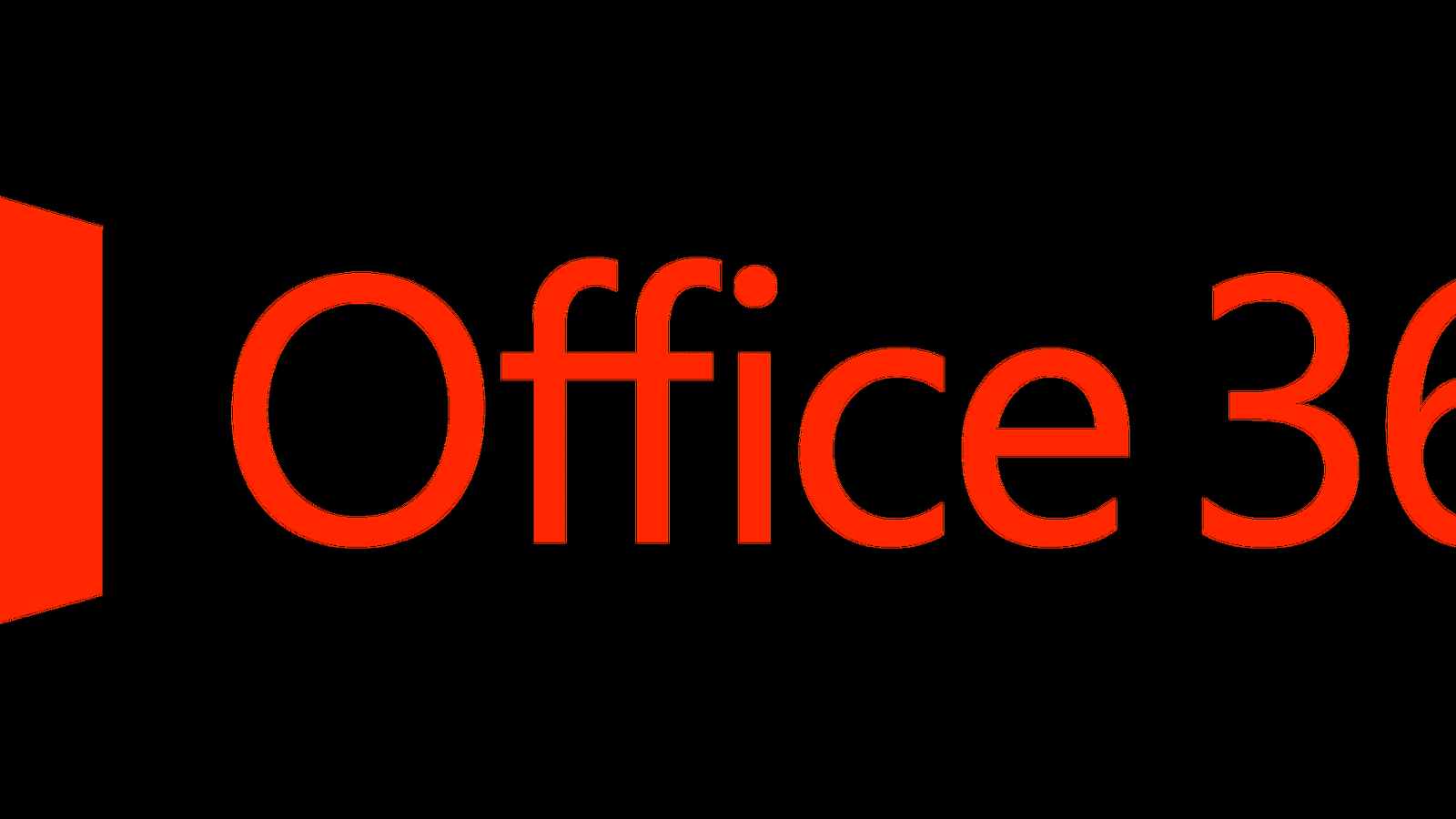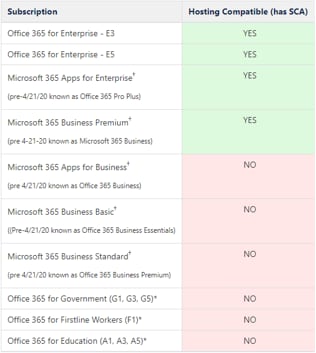

- OFFICE 365 FOR BUSINESS HOSTING PLUS
- OFFICE 365 FOR BUSINESS HOSTING PROFESSIONAL
- OFFICE 365 FOR BUSINESS HOSTING FREE


In Gmail, you’ll use a system of categories and labels, which in many ways is more flexible than Outlook-but it’s also less familiar to most professionals. You can create a system of folders and subfolders for messages on different topics, flag important emails, or pin messages to the top of your inbox. Outlook – Microsoft 365’s email platform – offers a Microsoft-driven version of message organization and storage. But the differences become more clear when you look at their systems of organization. In terms of storage, ads, and security, the two platforms are highly similar. For these purposes, we’ll explore some of the high-level differences between these similar, competing email platforms. Accordingly, in terms of pricing, we’re giving the win to G Suite.īe sure to check out our more robust guide on the differences between Gmail and Outlook as well as the differences between G Suite vs Gmail.
OFFICE 365 FOR BUSINESS HOSTING FREE
They also come with more cloud storage for the price-and as noted earlier, a free version is also available. Google Workspace’s plans are more flexible (since they can be purchased month-to-month), and are generally simpler to understand. However, both options are in the same ballpark of pricing. It’s hard to compare these plans precisely since they offer so many different tiers, bundles, and services. “Business Premium” plan is $12.50 per user per month.Įnterprise plans range from $8 per user per month to $35 per user per month, with most of the differences relating to the amount of storage you’re granted and the types of services available.įor example, the basic versions of these plans only include the online cloud-hosted versions of productivity apps (i.e., no desktop version), and not all plan types include a dedicated email.“Business” plan is $8.25 per user per month.The “Business Essentials” plan is $5 per user per month.No matter what, you’re required to purchase these plans as an annual basis.įor small businesses, Microsoft 365 has three tiers of plans: There are Microsoft 365 bundles for different niches (including government, nonprofit, and education), with highly variable pricing. The pricing for Microsoft 365 is significantly more complicated because it has so many sub-versions.
OFFICE 365 FOR BUSINESS HOSTING PLUS
The Enterprise plan includes everything above, plus higher participant limits, advanced security controls, and additional reporting tools. The Business plan includes all of these, plus offers unlimited file storage or 1 TB per user for organizations with fewer than 5 users, archiving functionality, and additional G Suite tools like eDiscovery for emails, chats, and files. In the Basic plan, you’ll get your own email address, video and voice calls, shared calendars, unlimited access to documents, spreadsheets, and presentations, 30 GB of storage, and 24/7 support. There’s also a free version of Google Workspace, which presents ads to you while you work. Enterprise tier is $25 per user per month.Business tier is $12 per user per month.The Basic tier is $6 per user per month.Google Workspace’s pricing is fairly straightforward, unfolding over three “tiers” of plans: We’ll start with an analysis of pricing between Google Workspace vs. How do Google Workspace and Microsoft 365 compare in terms of pricing, ease of use, and overall functionality? Pricing The apps available through each service package differ slightly as well, though these are highly comparable. In terms of plans and storage, Google Workspace tends to offer more flexible (and simpler) options, and Google’s Gmail product is, for my money, the best email platform available today. While both Google Workspace and Microsoft 365 offer online versions of their apps, only Microsoft 365 offers downloadable, installable desktop versions. That said, there are some important distinctions between the two. Both have tools for creating and modifying documents and spreadsheets, and for the most part, email is email.īut each family of apps have individual differences that some people may prefer to their competitors for example, it’s possible to scrutinize the differences between Outlook vs Gmail, but subjective preference plays a heavy role in determining which is “better.” On some level, the differences are subjective. So what makes Google Workspace and Microsoft 365 different? Using these tools, you can create documents, send messages, video chat, store files, and collaborate with each other.Įach has advantages and disadvantages, and each could be right for your business.
OFFICE 365 FOR BUSINESS HOSTING PROFESSIONAL
Let’s start with a basic description of Google Workspace and Microsoft 365.Įach of these is a suite of apps and tools designed for professional productivity, most of which are hosted in the cloud. The High-Level Differences Between Google Workspace vs. The High-Level Differences Between Google Workspace vs.


 0 kommentar(er)
0 kommentar(er)
